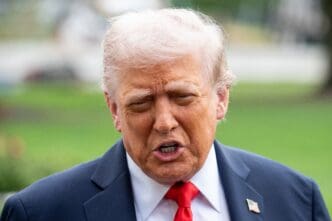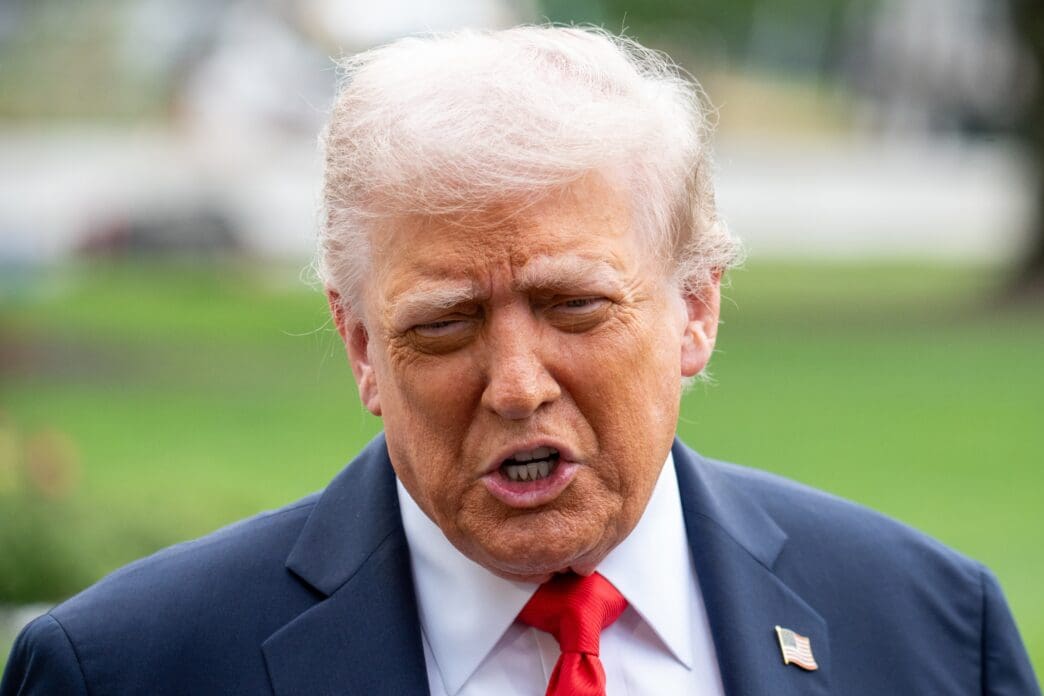Executive Summary
The Story So Far
Why This Matters
Who Thinks What?
Donald Trump has been described in an analysis as viewing federal funds as a personal presidential resource, utilizing them to advance his political objectives, particularly amidst the ongoing government shutdown. This approach, outlined in a recent analysis, suggests a pattern of rewarding allies and penalizing political adversaries by directing or withholding taxpayer money, raising questions about the constitutional separation of powers.
Federal Funds as a Political Tool
According to the analysis, President Trump has shown a willingness to allocate federal funds to programs he favors, such as extensive bailouts for farmers affected by tariffs or rescue plans for allied global populists, including Argentina’s President Javier Milei. Conversely, the analysis notes a tendency to be restrictive with funding for initiatives he opposes or those important to his political opponents.
Examples cited include past threats to funding for Puerto Rican hurricane victims, Democratic states seeking disaster aid, and “sanctuary cities” resisting his deportation policies. The administration has also reportedly used the threat of canceled state research funding to pressure universities like Harvard and Columbia into aligning with its “ideological and policy requirements,” particularly concerning diversity, equity, and inclusion programs.
Budgetary Leverage in Shutdown Fight
The analysis suggests that Trump’s inclination to use the budget as a weapon has intensified during the recent government shutdown. He reportedly threatened Democrats with more federal layoffs and raised the possibility of selectively withholding back pay for furloughed workers, excluding service members.
Further actions during the shutdown, as detailed in the analysis, include threats to withhold $18 billion in federal funds from New York City for infrastructure projects, noting that top Democratic congressional leaders represent the state. Additionally, nearly $8 billion for climate projects in 16 states, most with Democratic governors, was reportedly frozen.
Constitutional Scrutiny and Justification
The White House has sought to justify these actions by stating it would target agencies not aligning with President Trump’s “values” or deemed a “waste of the taxpayer dollar,” as articulated by White House press secretary Karoline Leavitt. However, the analysis contends that this perspective reflects a “misunderstanding or deliberate misinterpretation” of the president’s constitutional role, specifically regarding Congress’s “power of the purse.”
Past attempts by the Trump administration to redirect or freeze congressionally appropriated funds have led to clashes with the courts. An early ruling by Judge Loren AliKhan, for instance, halted an attempt to freeze federal grants, with the judge stating the administration had “attempted to wrest the power of the purse away from the only branch of government entitled to wield it.”
Tariff Proceeds and Leadership Style
Another instance highlighted is the administration’s plan to use proceeds from Trump’s tariffs to fund a federal food assistance program for women, infants, and children during the shutdown, despite Congress not having authorized that specific expenditure. While some threats, like mass layoffs, have not fully materialized, the analysis suggests these actions offer insight into Trump’s leadership style, characterized by viewing encounters as contests and seeking leverage.
Historically, presidents have used federal funds to advance policy priorities, such as Franklin Roosevelt’s New Deal or more recent instances under Presidents Barack Obama and George W. Bush. However, the analysis argues that Trump’s “blatant funding antics” are more comparable to Republican Richard Nixon’s attempts in the 1970s to impound funds already appropriated by Congress, which ultimately led to legislation outlawing such presidential actions.
Ongoing Implications
Despite facing court reversals and congressional pressure, President Trump’s approach to using federal funds as a political instrument has persisted. The analysis concludes that this pattern is a defining characteristic of his administration, suggesting a continued reliance on this strategy to achieve his political goals.








